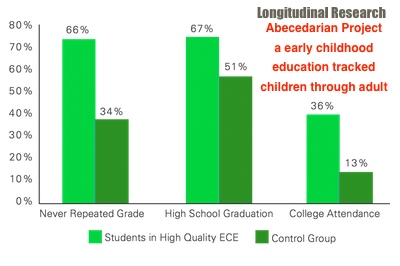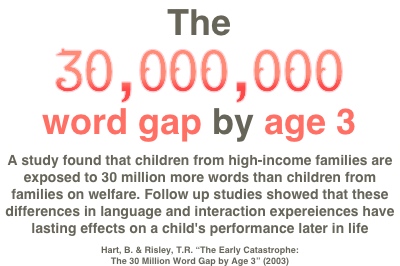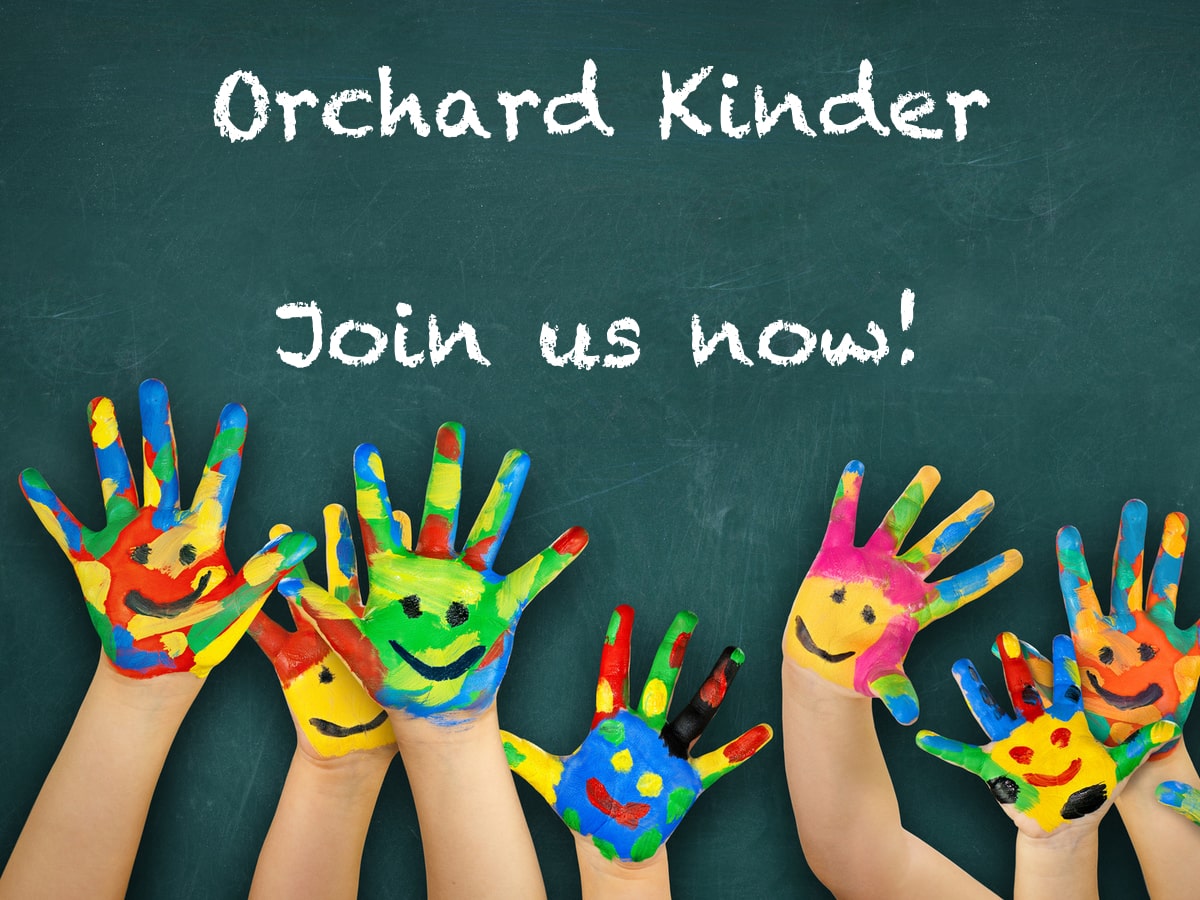The Brain and Early Childhood Education
The Child's Brain
It is said that 80% of the human brain is formed by the age of three. The development of intelligence is significantly influenced by external stimuli rather than genetics. Positive stimuli promote brain development, whereas negative stimuli, such as abuse, can hinder it.
Critical for brain development are the connections between neurons, known as synapses. A newborn's neurons have about 2,500 synapses, which increase to approximately 15,000 by ages two to three.
- The increase in synapses is most pronounced between ages one and two.
- From late two to fourteen years old, the number of synapses gradually decreases to 60% of its peak, stabilizing by age twenty.
- Research indicates that gene expression can change based on the living environment.
- Appropriate experiences and education are recommended.
- An environment that is bright, spacious, quiet, and rich in nature is considered ideal.
- Toys that involve using hands are beneficial for a child's development.
- Adopting healthy living habits is crucial.

At Orchard Kinder, we believe that children who receive high-quality, small-group early childhood education develop social skills and confidence. Let's nurture the infinite potential of our children together at Orchard Kinder.
The Importance of Quality Early Childhood Education
Long-term studies on the American Perry School/High Scope Program, The Chicago Child-Parent Centers Program, and The Carolina Abecedarian Preschool Program have shown that children who receive quality early childhood education reap significant long-term benefits 40 years later, such as:
- Lower dropout rates
- Higher rates of continuing education
- Lower crime rates
- Stable incomes
- Higher IQs and academic performance
Nobel Prize-winning economist Professor James Heckman of the University of Chicago supports these findings, advocating for quality early childhood education to the US government. Many studies and papers also show that quality early childhood education not only improves academic skills but also "soft skills" such as social and emotional skills over the long term. This contrasts with academically focused early childhood education programs, whose effects tend to fade after children enter elementary school.
Furthermore, Japan's policy of making early childhood education free is also planned based on these programs.

The Japnaese proverb "The soul of a three-year-old lasts till a hundred" implies that personality and abilities formed during early childhood significantly influence one's entire life. During this period, the brain is flexible and highly absorbent, and the numerous active synapses mean that education and experiences in early childhood deeply impact children's futures.
Benefits of Quality Early Childhood Education and Care
- Bilingual education contributes to improved cognitive functions and promotes efficient use of the brain. Young children have particularly high brain plasticity (absorption capacity).
- Early childhood education aids brain development and reduces issues such as juvenile delinquency, addiction, school dropout rates, learning disabilities, and obesity.
- About 25% of children who do not receive early childhood education struggle to adapt to kindergarten, finding it difficult to interact with other children and to follow instructions.
- Estimates suggest that every dollar invested in early childhood education saves three dollars in youth and eight dollars in adulthood.
- The disparity in children's learning capabilities is evident by nine months of age and is improved by early childhood education between the ages of one and two.
- According to Nobel Prize-winning economist Dr. James Heckman, early childhood education effectively enhances labor productivity, with the foundations for cognitive and non-cognitive abilities being formed before entering kindergarten.
- Early childhood education enhances children's cognitive abilities in both the short and long term.
- Longitudinal studies show that every dollar invested in early childhood education generates an average return of ten dollars in the future.
- Dr. Heckman states that human capital formation occurs from pregnancy through early childhood.
- Quality early childhood education is provided in an environment that includes:
- Small class sizes
- A rich linguistic environment
- An environment conducive to mutual communication
- Age-appropriate curricula
- A safe environment

Children who receive quality early childhood education not only achieve stable incomes in the future but also exhibit lower rates of crime. The social skills and self-control developed during early childhood act as key factors leading to positive adult lives.
The greatest impact of early childhood education is not on IQ enhancement but on the development of latent abilities such as non-cognitive skills, motivation, and aspiration.
Long-term studies of the Abecedarian Project, an early childhood education program that began in the United States in 1972, have shown that the benefits of this education extend beyond merely increasing IQ. They contribute to higher attendance rates at school, increased college enrollment rates, and higher employment rates in jobs requiring specialized skills. Social benefits such as reduced teenage pregnancy rates and reduced involvement in crime have also been clearly demonstrated.
Professor James Heckman
Nobel Laureate in Economics

Vocabulary is closely linked to education. Children who start receiving early childhood education before the age of 3 show a significant difference in vocabulary compared to those who start education after turning 3. This difference highlights the significant impact of early education on a child's language development.
Reference:
- Schweinhart, L. J., Montie, J., Xiang, Z., Barnett, W. S., Belfield, C. R., & Nores, M. (2005). Lifetime effects: The HighScope Perry Preschool study through age 40. Ypsilanti, MI: HighScope Press.
- Reynolds, A. J., Temple, J. A., Robertson, D. L., & Mann, E. A. (2002). Age 21 cost-benefit analysis of the Title I Chicago Child-Parent Centers. Educational Evaluation and Policy Analysis, 24(4), 267-303.
- Campbell, F. A., & Ramey, C. T. (1994). Effects of early intervention on intellectual and academic achievement: A follow-up study of children from low-income families. Child Development, 65(2), 684-698.








